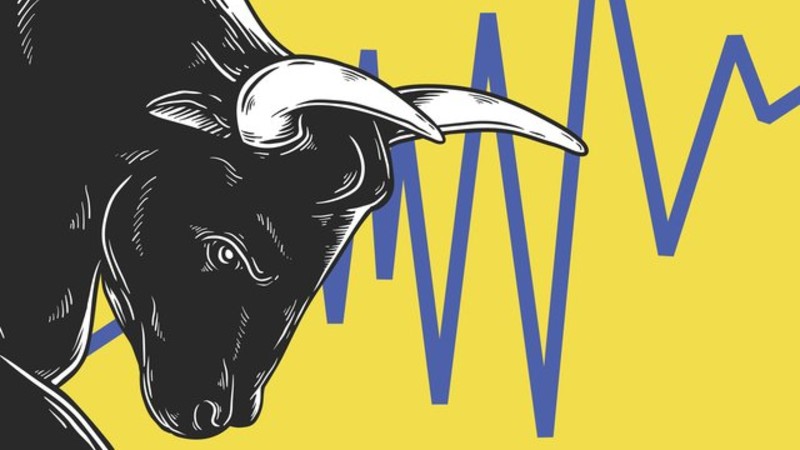Tech
How to Trade in a Bull Market
What advice should you follow when trading in a bull market environment?

As a financial market trader, you may well be familiar with the terms ‘bull’ and ‘bear’ market. These are actually opposing terms, with the latter referring to a financial market that’s defined by falling prices and negative trader sentiment.
Conversely, a bull market sees conditions in which prices are rising or expected to increase in the near-term, and it’s most commonly applied to assets such as stocks, currency and (most recently) cryptocurrency.
We’ll explore the concept of bull markets in further detail below, while asking how you can trade successfully as prices continue to soar.
What’s a Bull Market and How is it Characterised?
Typically, the term’ bull market’ is reserved for extended periods of price growth within a specific market or asset class.
As a result, bull markets tend to last for a period of months or even years, with this having been recently embodied by the relentless rise of Bitcoin (BTC) during the last 13 months.
Since March last year, the price of BTC has increased nearly 10-fold to more than $63,000, with this leading the most significant and sustained crypto bull market since 2017.
But how exactly do you spot a bull market? Well, the most commonly accepted definition of a bull market requires asset prices to rise by 20% after two separate declines of 20% each, although this is largely applied to stocks and not used universally to alternative marketplaces.
In broader terms, bull markets generally occur when the economy is strengthening, or already recording continued growth.
This is particularly true in relation to stocks and currencies, which tend to experience sustained price rises in conjunction with inflated GDP and long-term drops in unemployment levels. Such factors also sustain high levels of sentiment and investor confidence during a bull market, which in turn translates into increased daily trading volumes.
How to Profit in a Bull Market
While understanding the characteristics and conditions of a bull market is crucial for investors, timing is also pivotal in the quest to optimise profitability.
More specifically, investors who want to benefit from a bull market will need to make their move as early as possible, in order to capitalise on rising prices and sell once they’ve peaked.
Make no mistake; entering such a market too late will minimise the window to maximise your profits, as it will increase the amount required to invest in a particular asset or financial product.
Determining the ideal time to invest can be challenging, of course, which is why you’ll need to utilise a licensed trading platform such as Tickmill. After all, this will enable you to develop and hone suitable trading strategies, while affording you access to various technical indicators and the latest market news.
One of the most effective strategies in this respect is to buy and hold, with this particularly viable for stock market investors.
This will require you to buy a particular asset as early as possible and at the beginning of a bull market, before holding onto this as its value continues to increase. Then, you can sell the asset on a later date for a desired profit, although this definitely requires confidence, knowledge and determinism as an investor.
However, the use of a trading platform can help you to identify the optimal time to sell on an asset, as prices peak and the prospect of more bearish trends begin to emerge.















